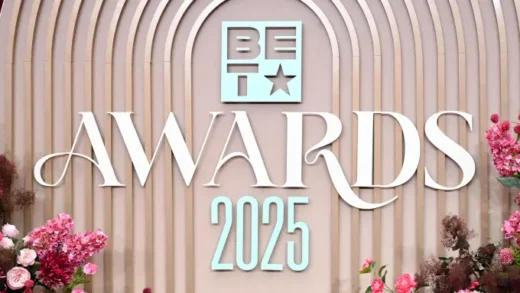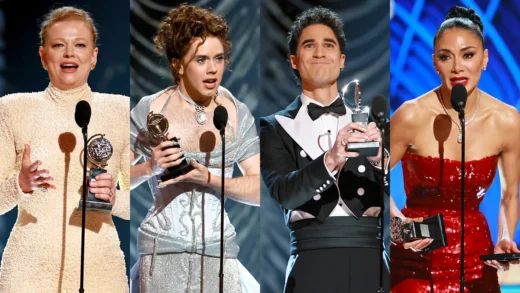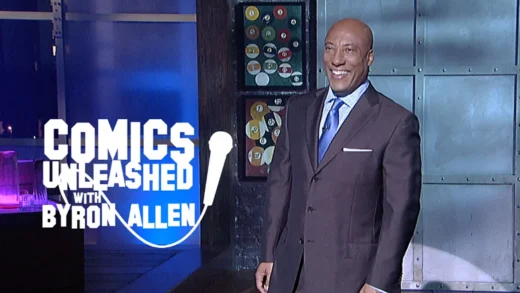Will WarnerMedia Deliver on Its Streaming Video Strategy?
As shares in AT&T tumbled this week after unveiling its third quarter earnings, Wall Street watchers singled out one bright spot: Ma Bell’s legacy phone business. As for AT&T’s closely watched strategy to transition from a cable bundle to Netflix over-the-top streaming contender, the company didn’t get high marks. Analyst concern could be a red flag for a telecom giant, led by CEO Randall Stephenson, that has bet heavily on high quality content and streaming to drive growth as its traditional satellite TV business shrinks.
The latest financials spotlighted across the board revenue growth for WarnerMedia, with HBO, Turner and Warner Bros. in its corner. But AT&T’s traditional satellite TV business lost 359,000 subscribers during the latest quarter as a two-year pricing guarantee to sign up new customers rolled off to improve the profitability of the entertainment business. That was offset by the OTT service DirecTV Now adding 49,000 subscribers, from 296,000 last year, but those subscribers pay less per-month than higher-value DirecTV customers.
All of which has observers questioning whether AT&T can succeed with its video strategy to combine WarnerMedia content with it scale and distribution in fat bundles to catch Netflix after its head start in streaming. Shares of AT&T on Friday fell another 66 cents, or just over 2 percent, to trade at $29.30 on the NASDAQ Exchange, which extended losses in its stock price from Wednesday and the release of its latest financial results.
A “mess” is how Moffett Nathanson analyst Craig Moffett, a long-time bear, in an investors note described AT&T’s Entertainment Group, which houses DirecTV and where he predicted a satellite TV business with a shrinking customer base and rising programming costs will face even greater headwinds.
John Donovan, CEO of AT&T Communications, told analysts Wednesday during a morning call that the telecom giant can use its fiber footprint and broadband offerings as a launch pad to ultimately deliver a high end OTT service across all of his technology platforms. “If you look at linear TV, it will be about broadband and how we use broadband to deliver results for premium TV, and then get an OTT package that’s well suited to the heavily engaged user,” Donovan argued.
(Excerpt) Read More at: HollywoodReporter.com








